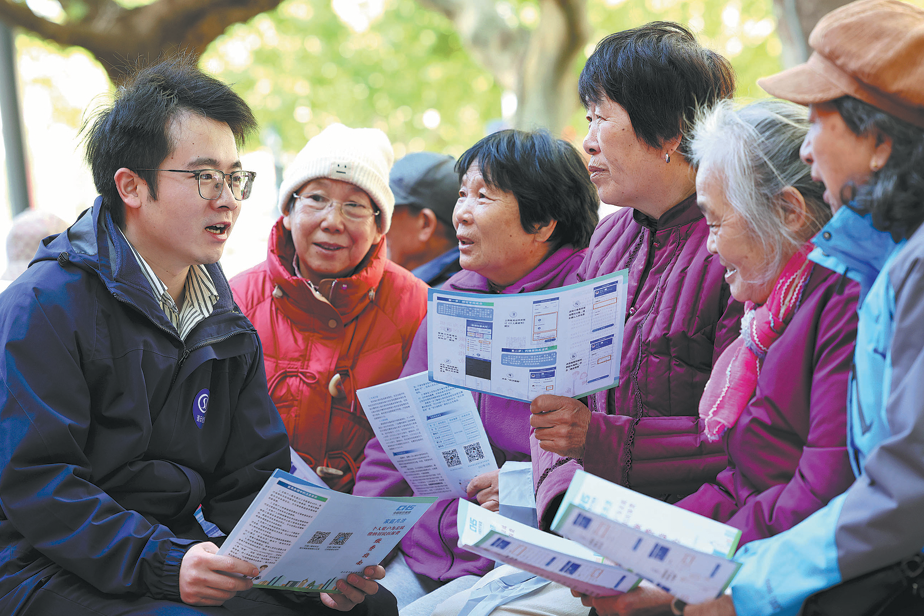Colombia discovers windows of opportunity
By Guillermo Puyana Ramos | China Daily Global | Updated: 2023-03-24 09:11
Historically, Colombia has underperformed in developing its identity as a Pacific country and successfully linking up with the Asian part of the Pacific Basin.
Although Colombia has had important Asian partners in previous decades (Japan in the 1980s and the Republic of Korea in 1990s), not until 2005 did an Asian country rank among its top five trading partners. That country was China, which has really enabled Colombia to develop its identity as a Pacific Rim country.
Compared with its South American Pacific neighbors, Colombia has had a frustrating experience. As Chile, Peru and Ecuador have only a Pacific coast, they are Pacific-prone by default. Colombia has both Pacific and Atlantic coasts, and the reasons for its weak integration into the Asia-Pacific region has deep historical roots and complex manifestations.
In the 21st century, Colombia's relationship with China has moved forward amid the inertia allowed by the doctrine of "respice polum" (look to the North), as it has realized that the Asian country is essential for its economic development.
In 2008, Colombia and China signed the Bilateral Agreement for the Promotion and Protection of Investments, which became the basic legal framework for the development of a comprehensive economic relationship. In 2008, China represented only 1.1 percent of Colombian exports, but 11.5 percent of its imports, with the total trade value at only $1.88 billion. In 2019, the last pre-pandemic year, China accounted for 11.5 percent of Colombian exports, and 20.8 percent of Colombian imports, and the total trade value was $17.1 billion. In 2022, China accounted for 3.8 percent of Colombian exports and 23 percent of Colombian imports, with the total trade value at $18.7 billion — a tenfold increase since 2008.
On the investment side, for the last four years, China has been the major Asian investor in Colombia, with a presence in key sectors such as infrastructure, mining and energy.
There is a direct relationship between the rising Chinese investment and the correction of a worrisome trade deficit. Colombia has an overdiagnosed structural problem: Its exports to China are concentrated in hydrocarbons, as Colombia's minister of foreign trade rightly said in November at the China-Colombia Dialogue in Bogota.
This situation is not irremediable, because the complementarity between the two countries is extremely high, especially in value-added agriculture.
It is essential to attract more Chinese investment in infrastructure, agriculture, technology and energy, not only within the framework of the bilateral agreement but also in new institutional frameworks that could attract more investment and cooperation resources from China to Colombia, specifically the Belt and Road Initiative and the Global Development Initiative.
Chinese investment in transportation infrastructure is well known, not only for the Bogota subway, which is one of the most talked-about projects, but also the highway linking industrial Antioquia with the Caribbean, and the commuter trains in Bogota.
Colombia has a pressing need for urban, suburban and interregional railway systems, and China is the country with the most solid railway development program in the world.
But the greatest opportunity lies in investing in agricultural projects by incorporating Chinese science and technology in all phases of agricultural production and marketing.
Attracting Chinese investment in value-added agriculture and converting it to productive projects for export to China would generate a virtuous circle in the economic relationship, balance trade, diversify exports, promote agricultural innovation, increase investment and give Colombian agricultural products better access to the enormous Chinese market.
The most relevant decision is whether to join the Belt and Road Initiative. High-ranking government officials in Colombia are aware of the positive role that China plays in Latin America. We should also better understand China's policy of international cooperation for development in the new era, explained in the white paper titled "China's International Development Cooperation in the New Era", which was published in January 2021. It is stated in this paper that international development cooperation is effective under the framework of South-South cooperation focusing on economic and social development, and projects should be proposed, agreed upon and led by recipient countries.
The growing economic relationship with China shows the important role that the Bilateral Agreement for the Promotion and Protection of Investments has accomplished as the legal framework under which investments in key areas are brought to Colombia, but a suitable framework for bilateral practical cooperation is needed. Joining the Belt and Road Initiative might be the answer.
The author is president of the Colombia-China Friendship Association. The views do not necessarily reflect those of China Daily.
























